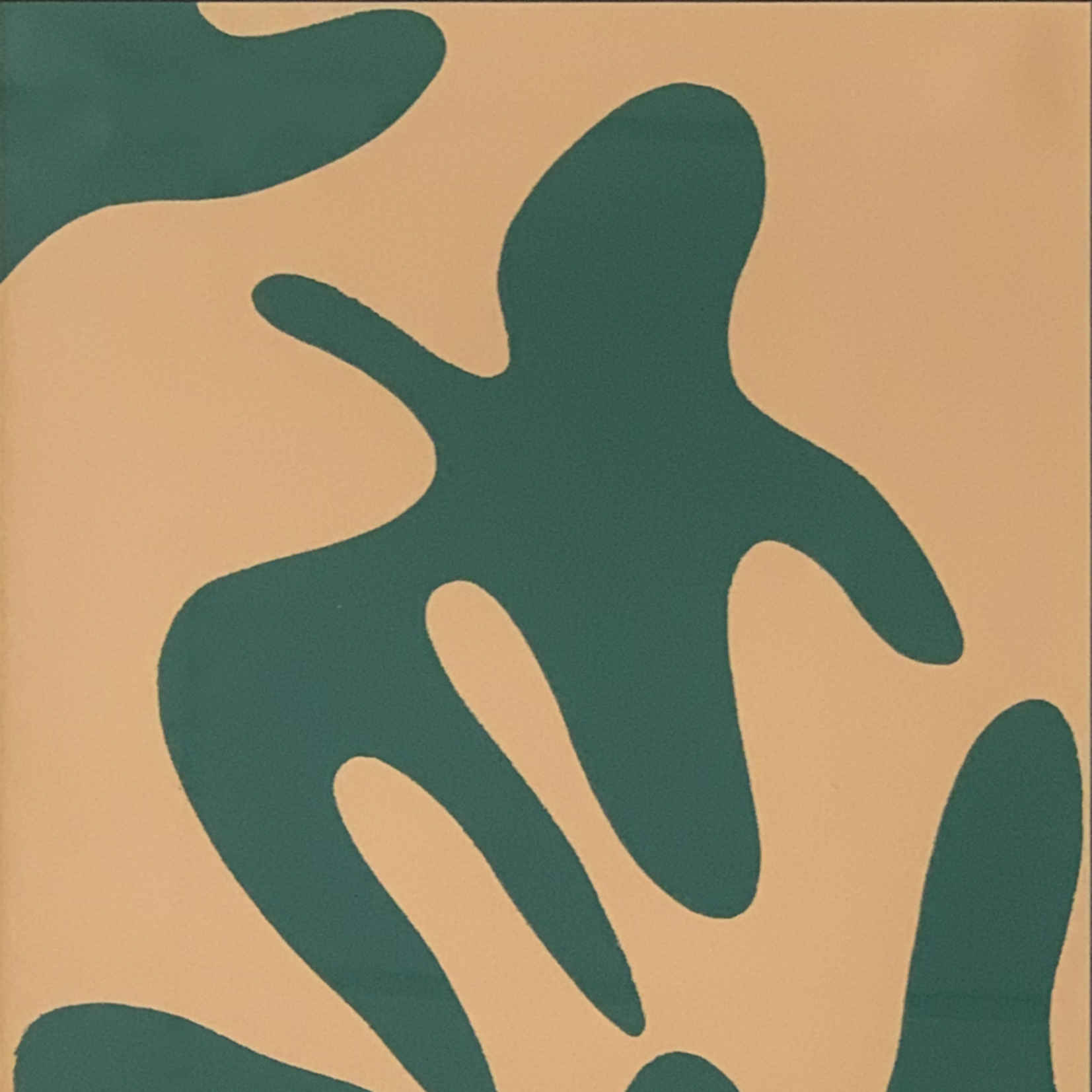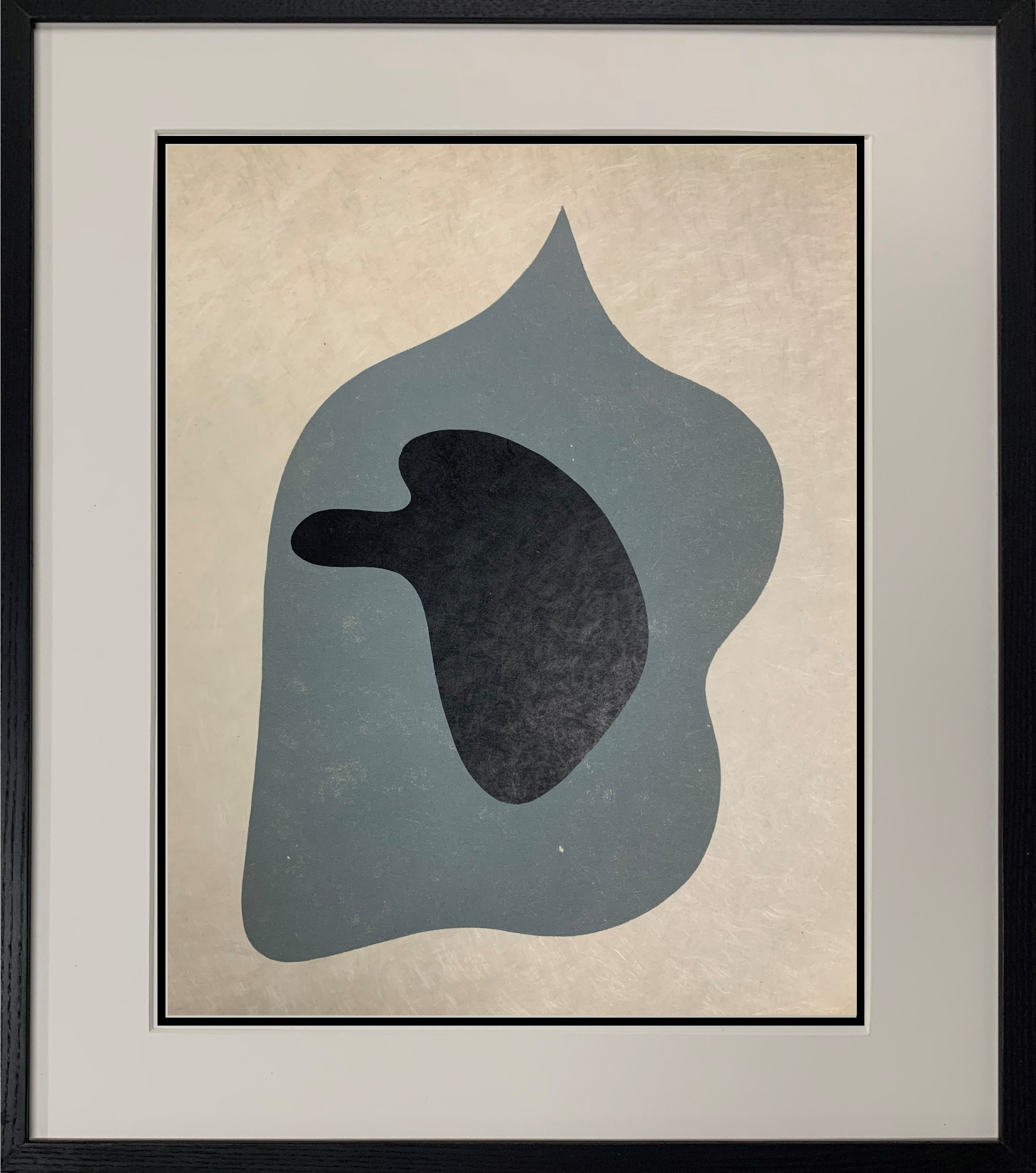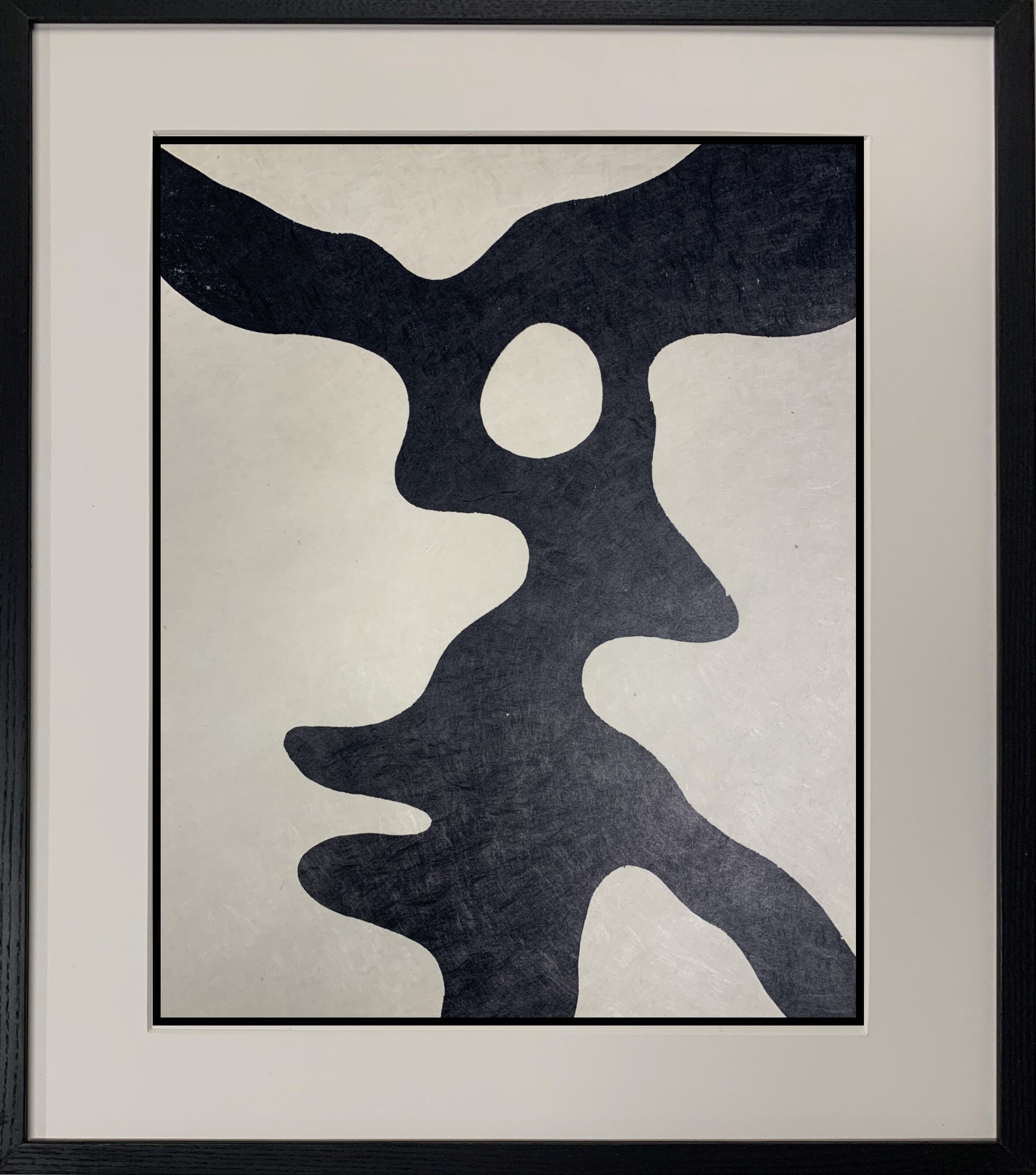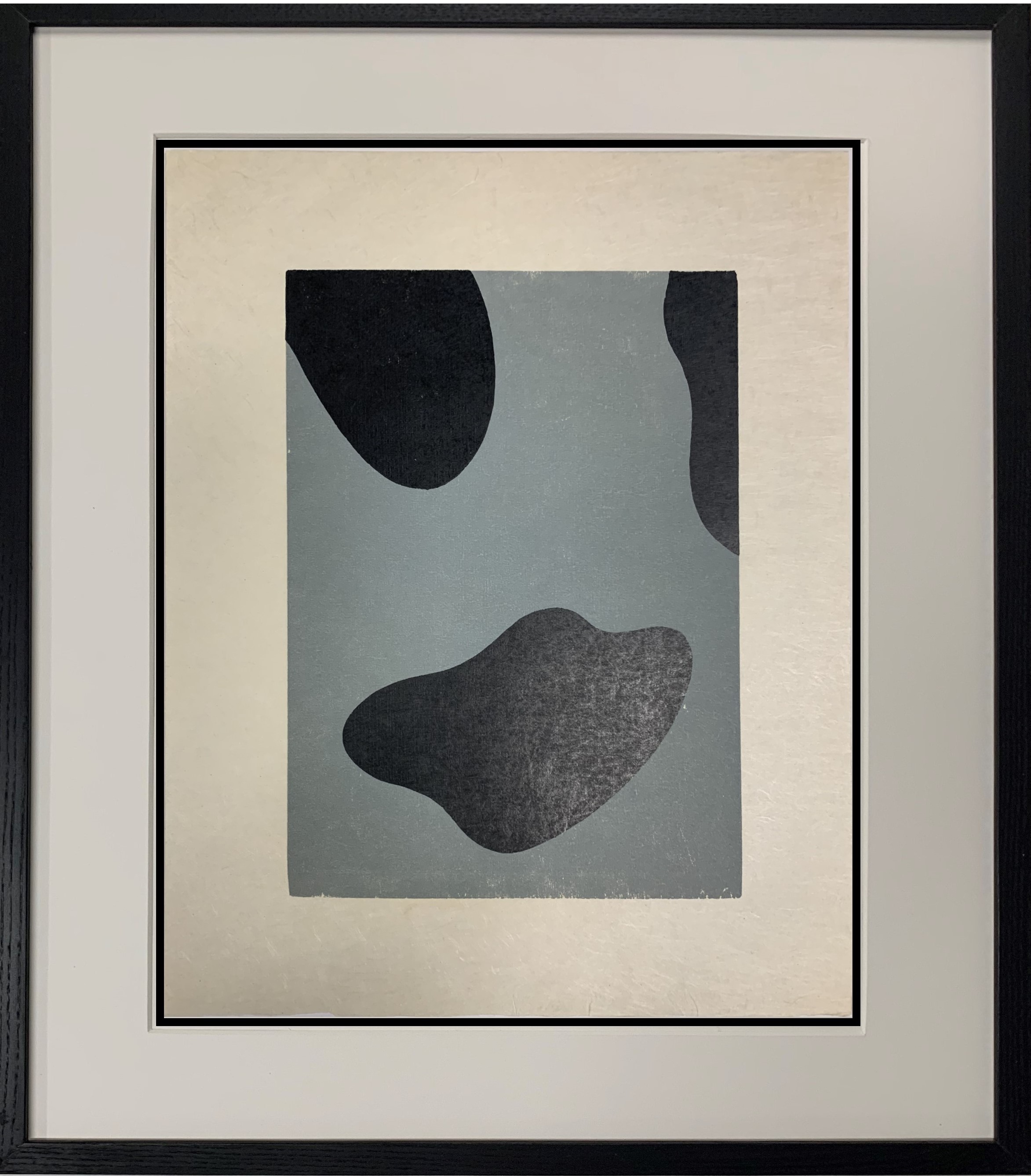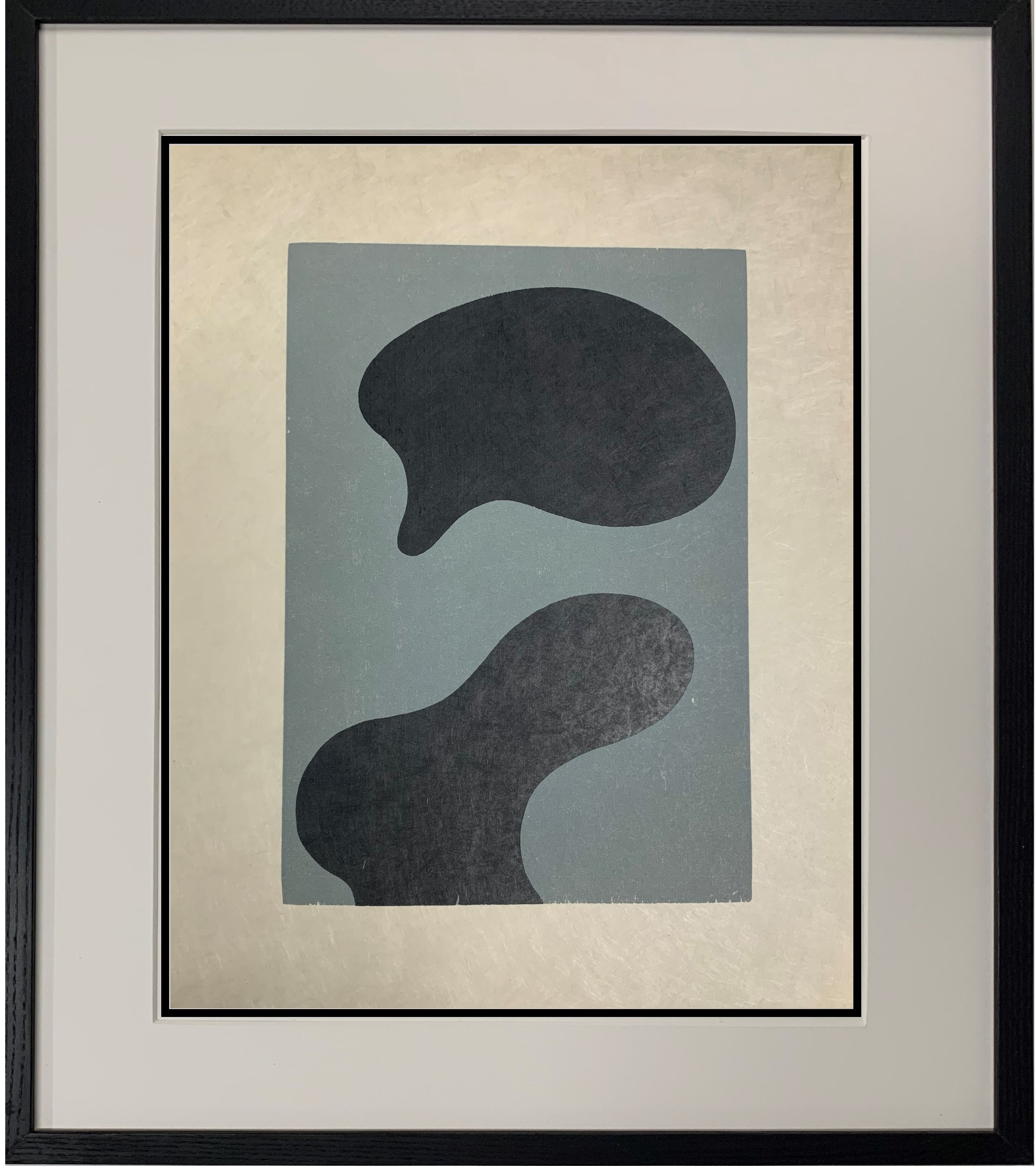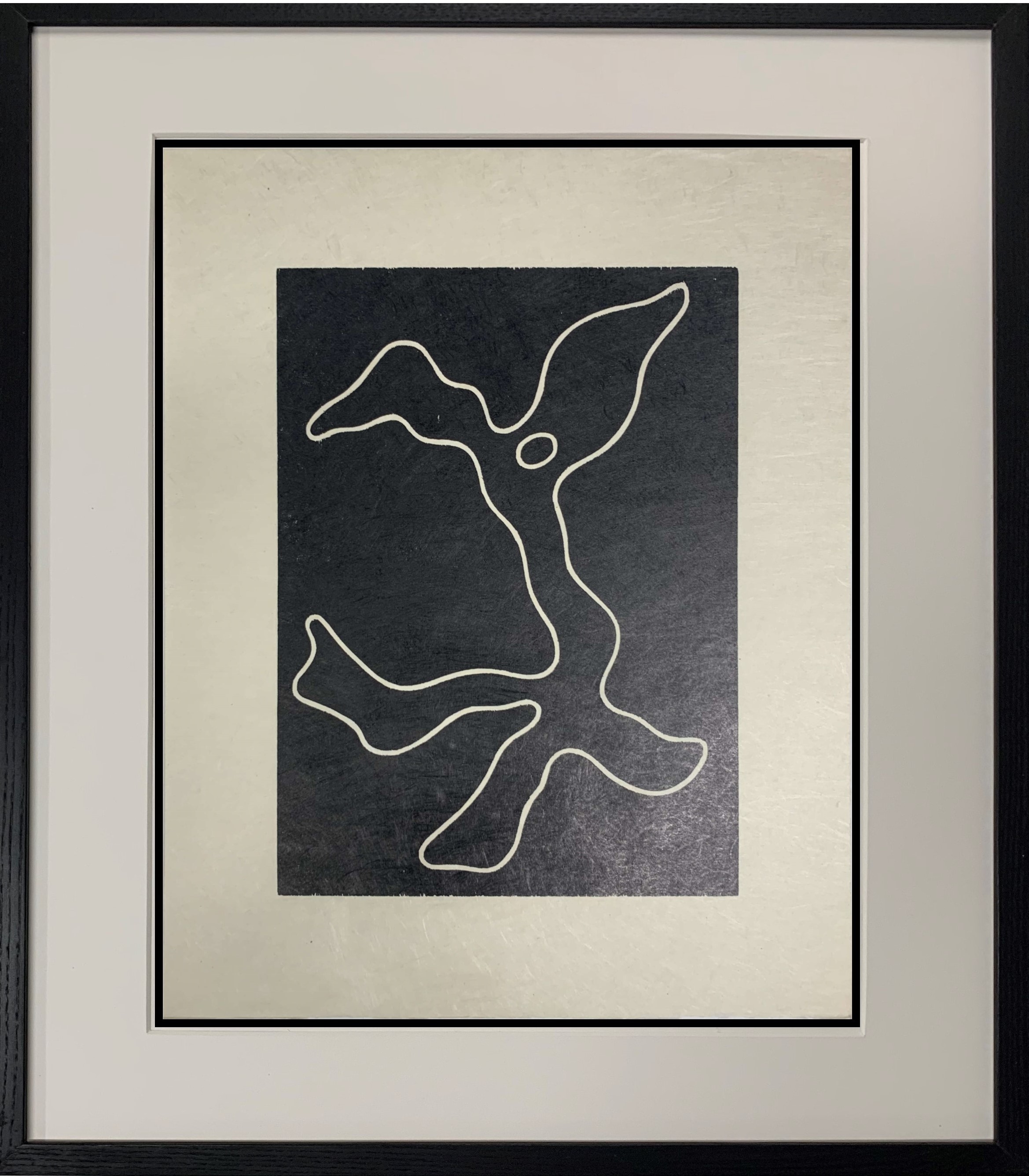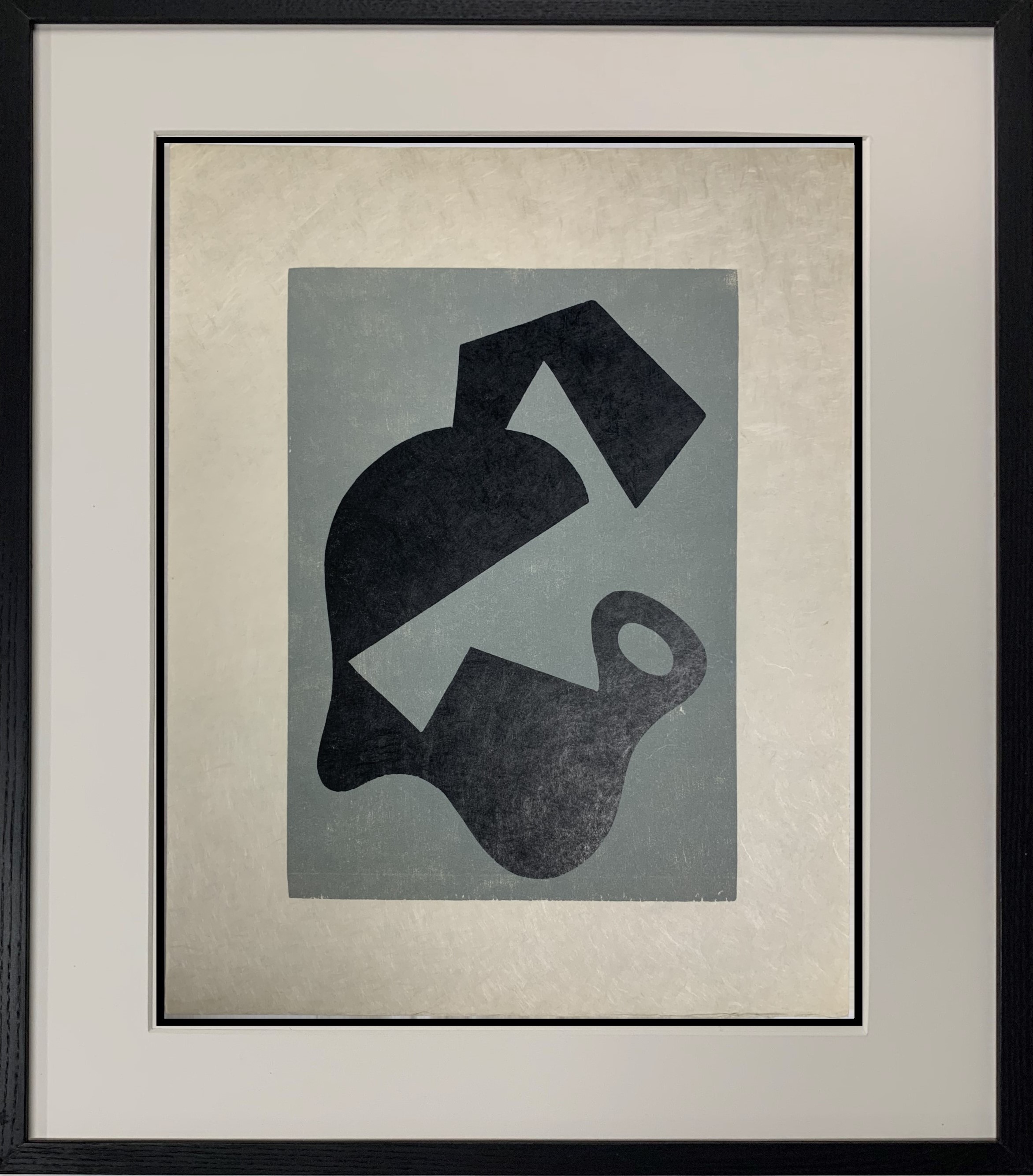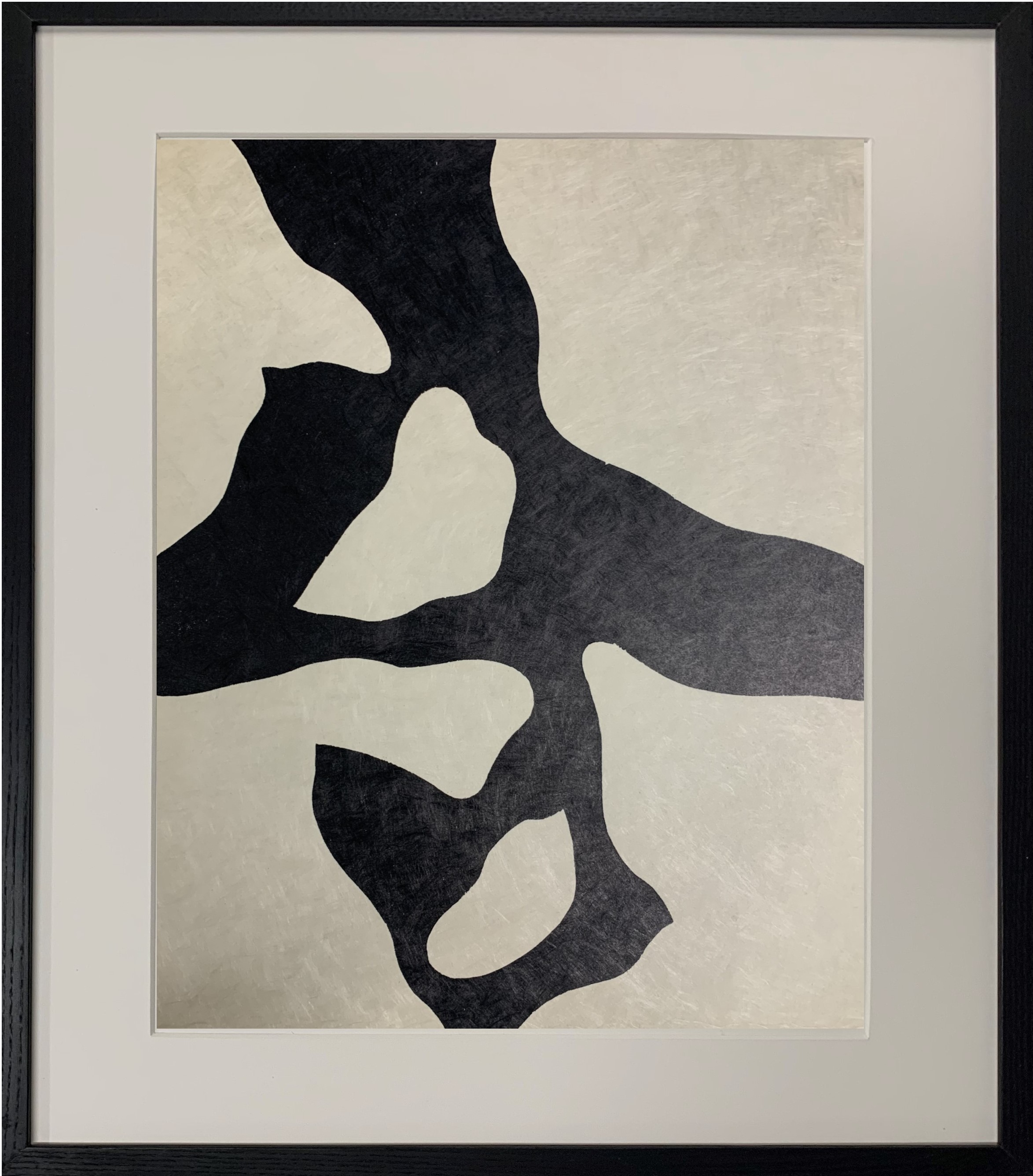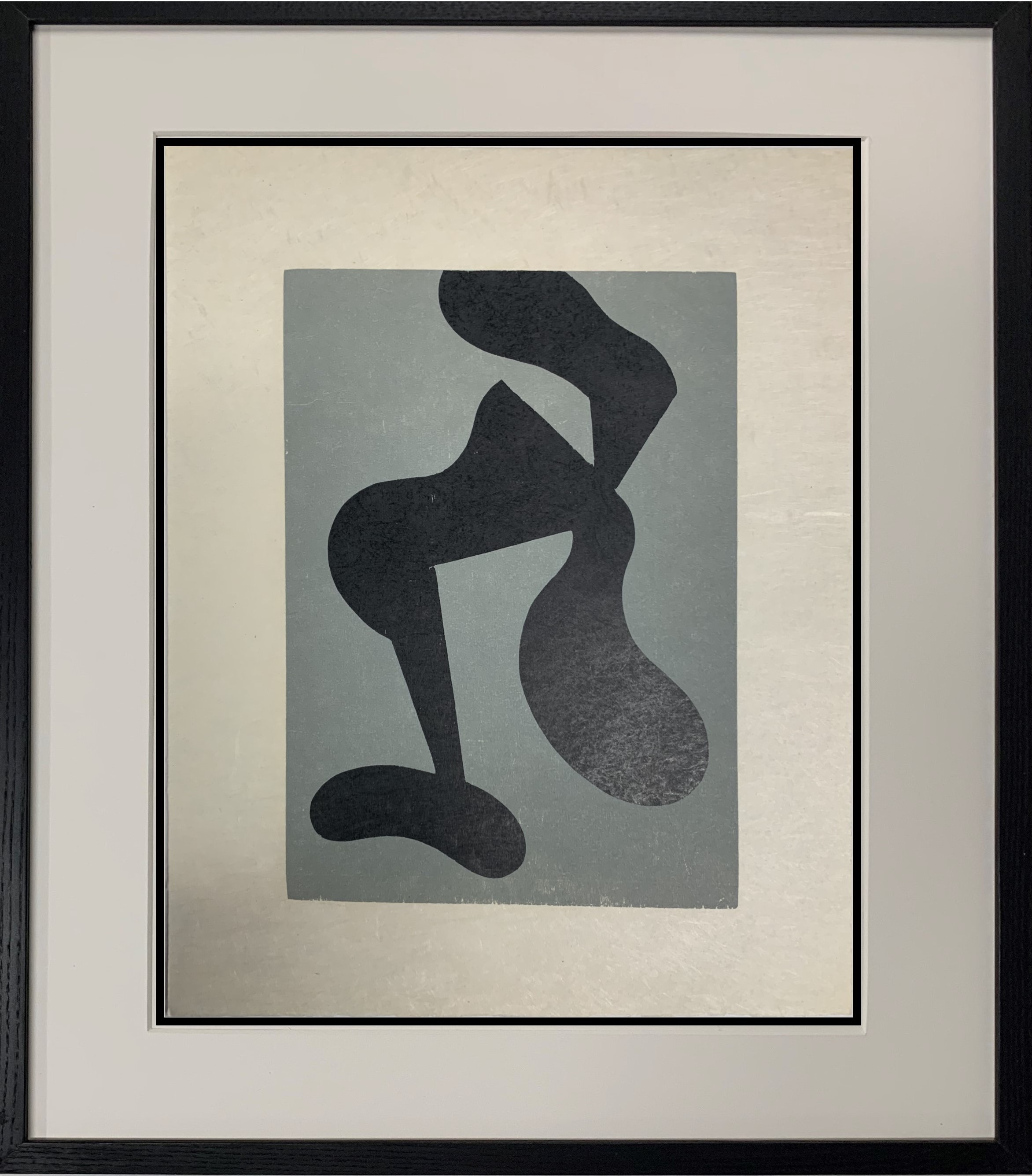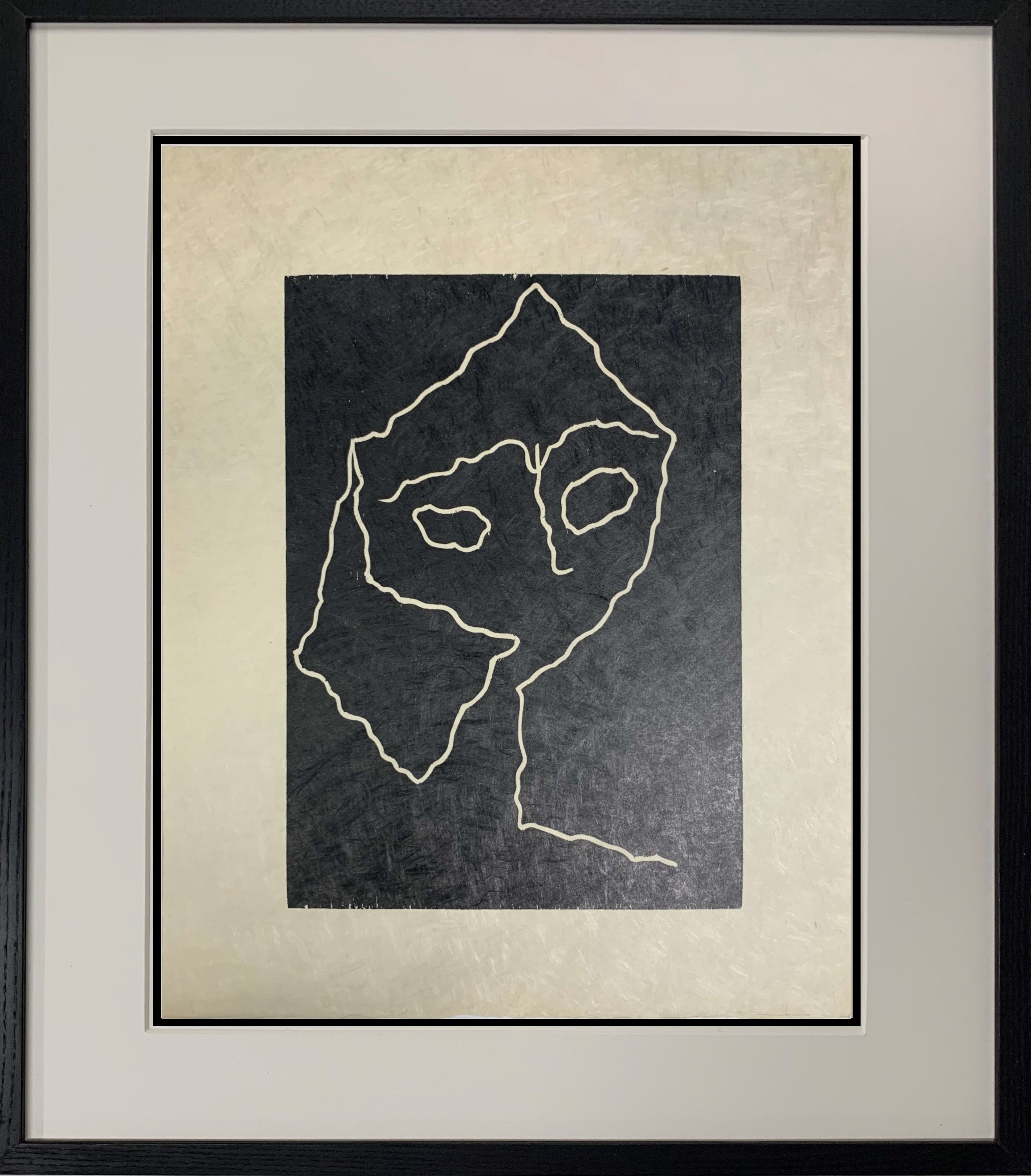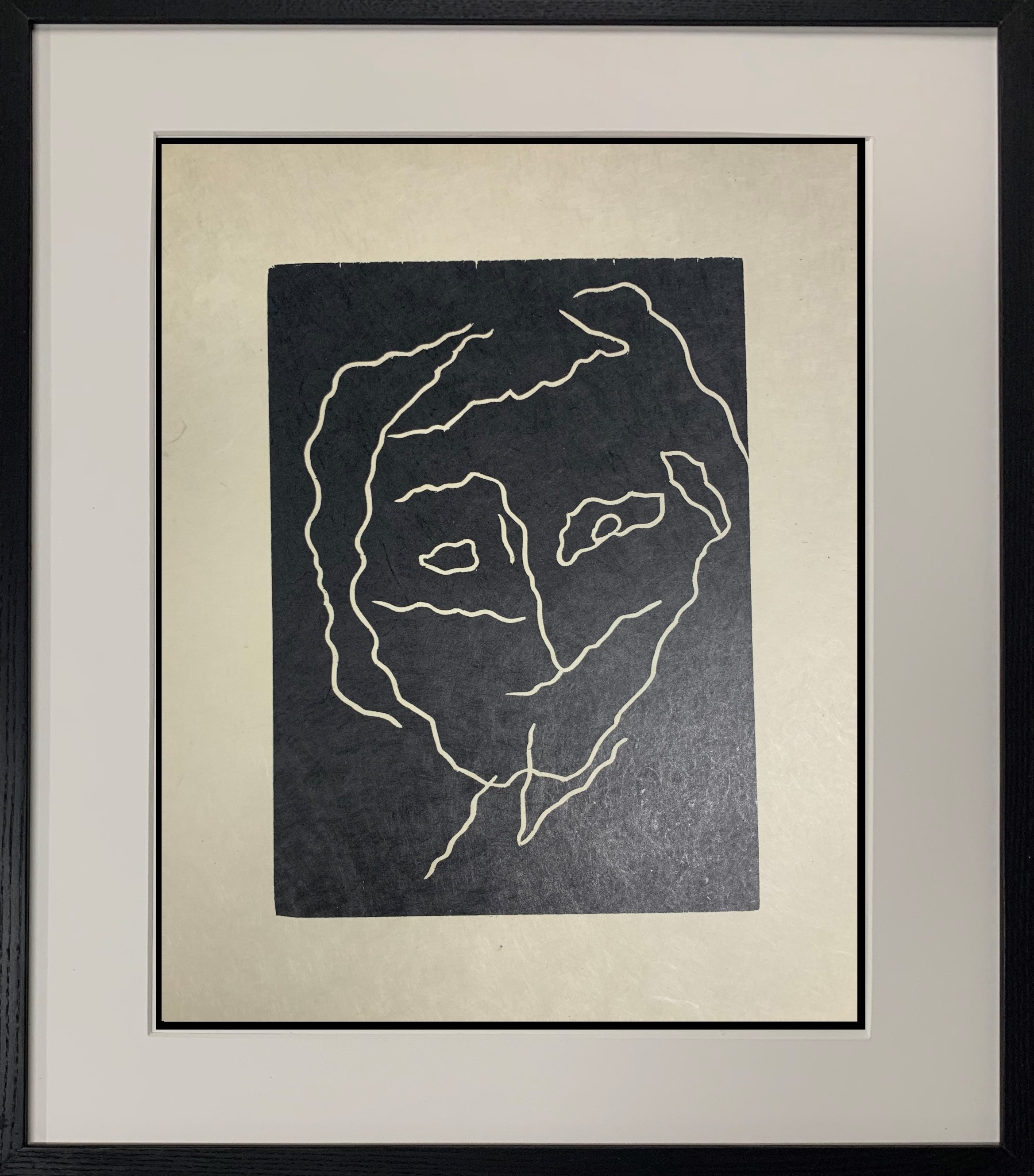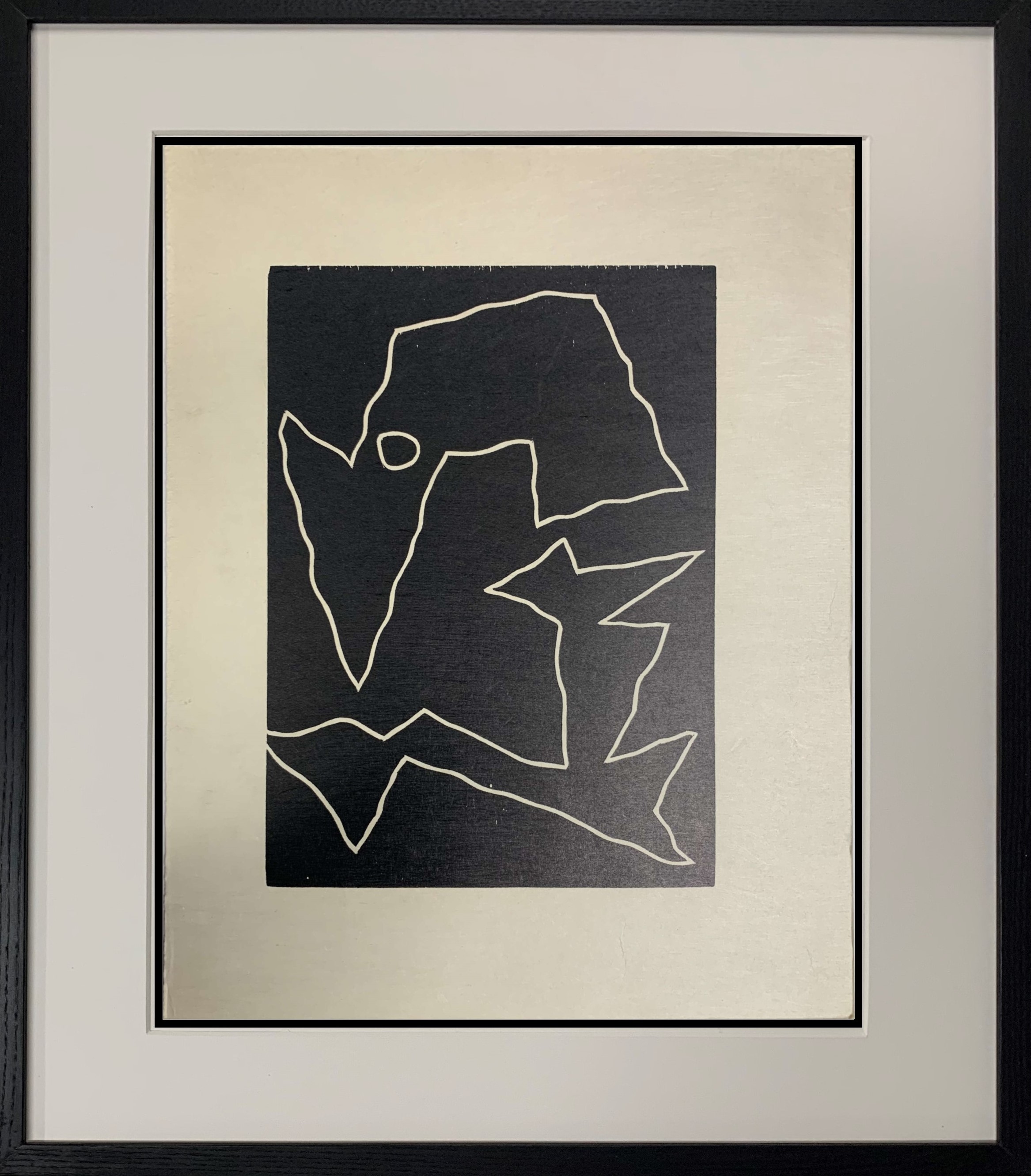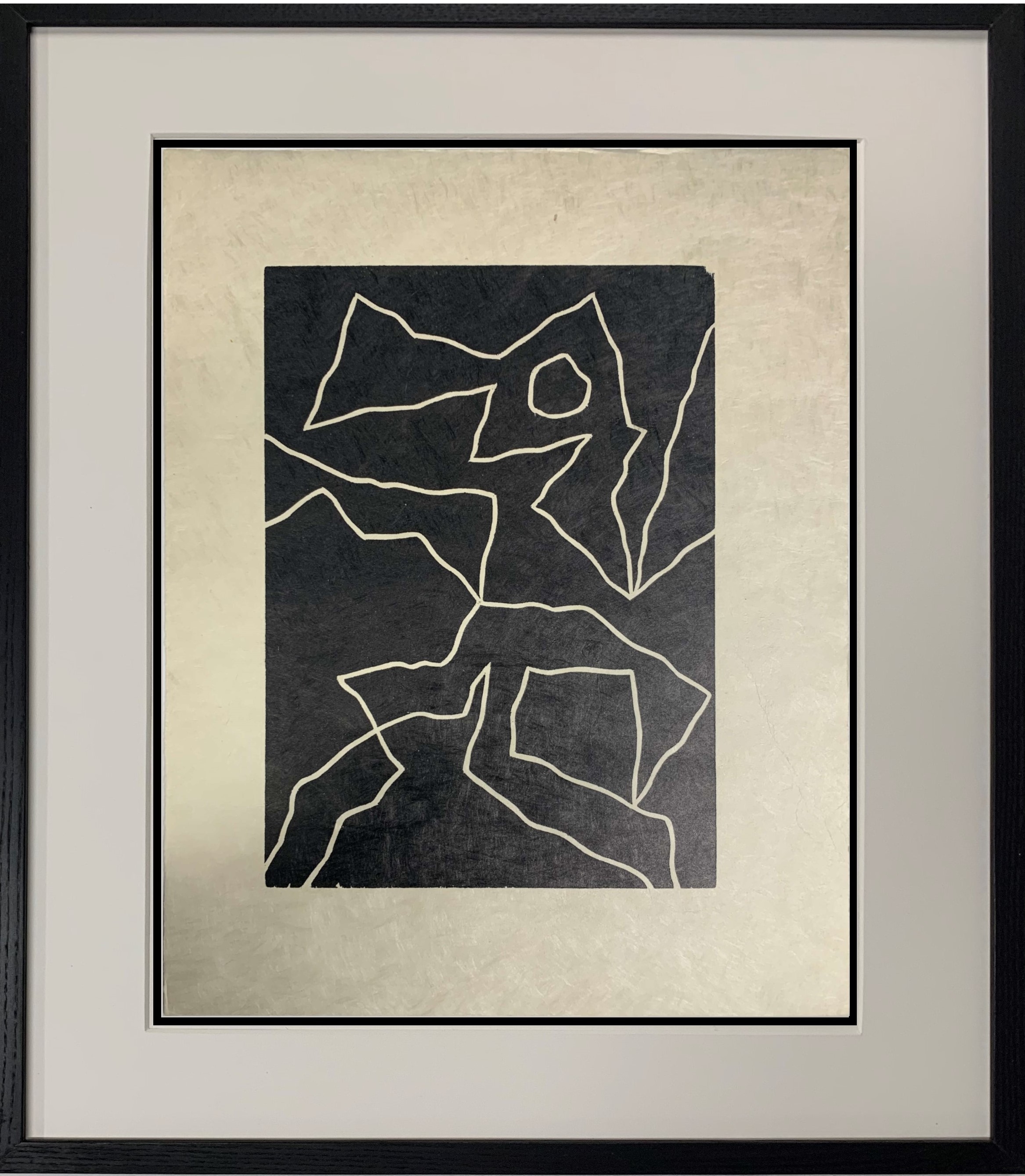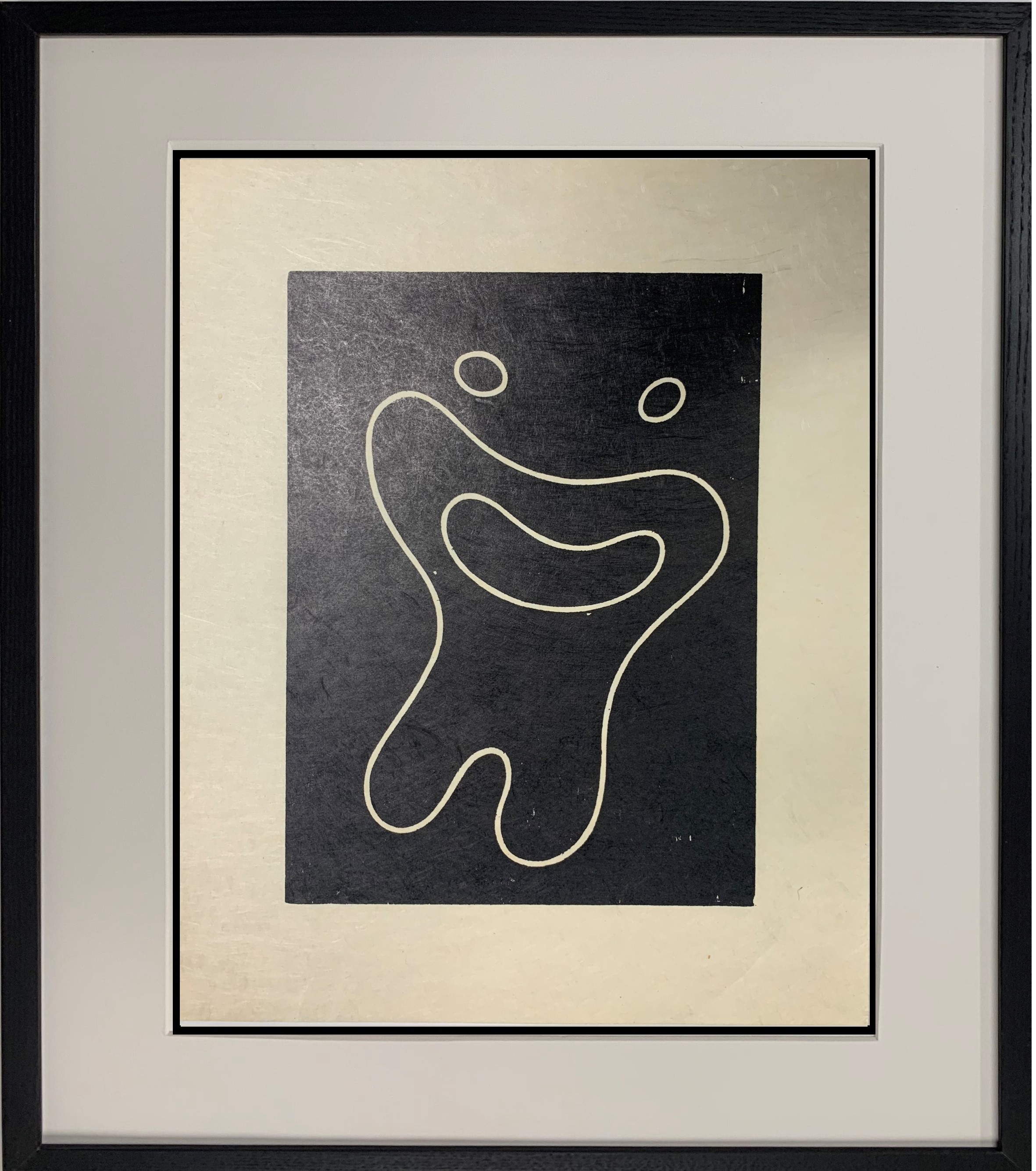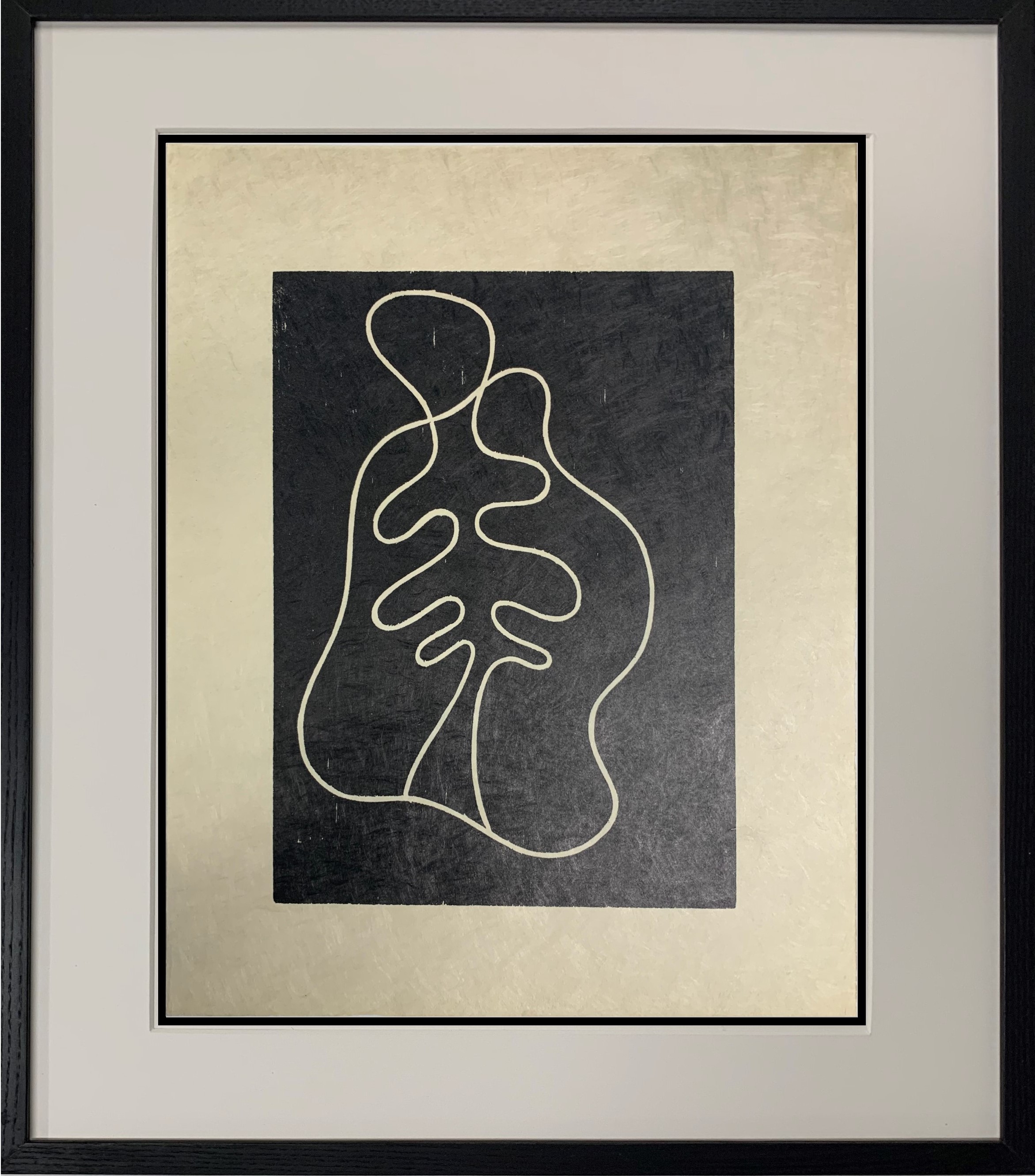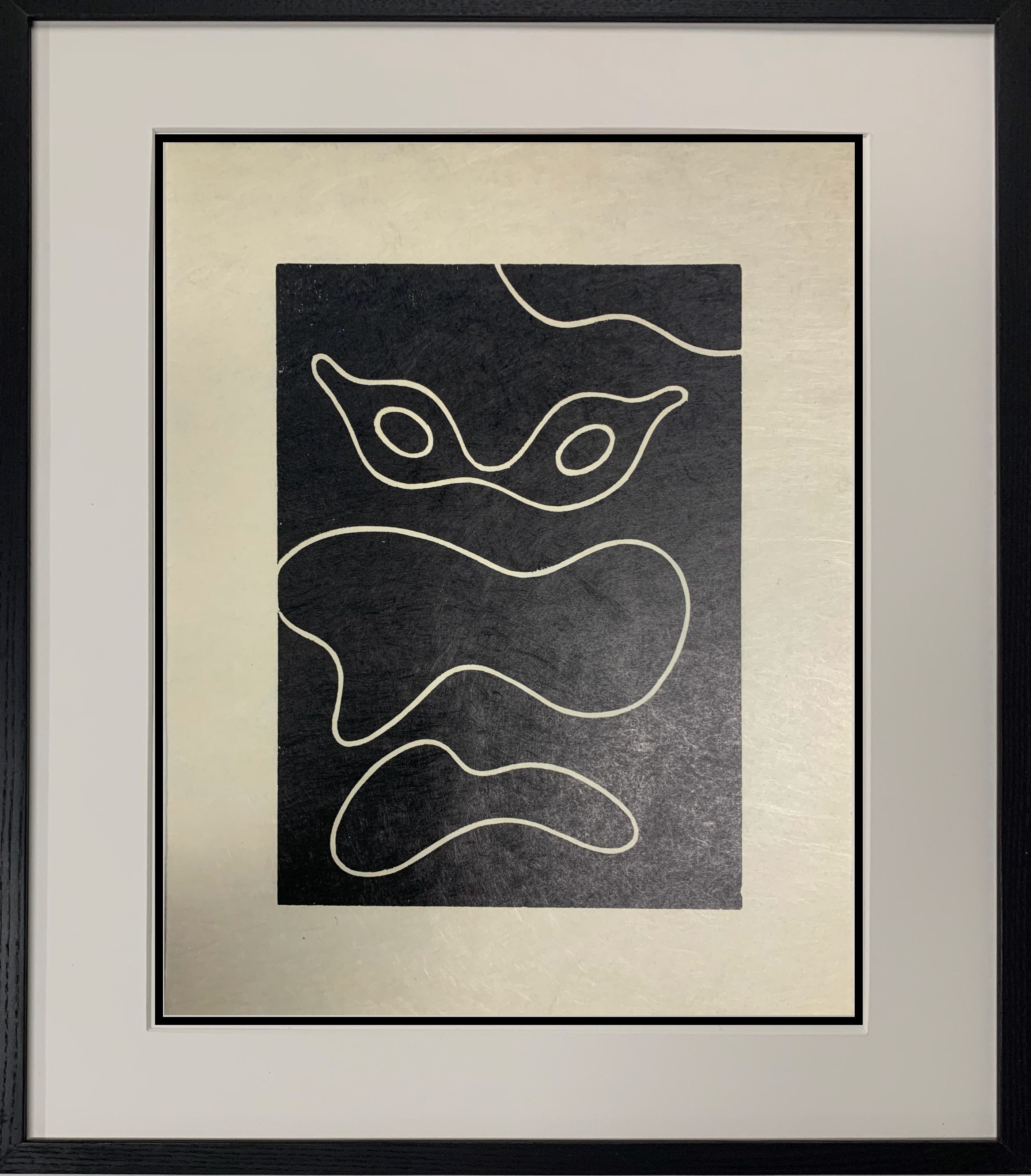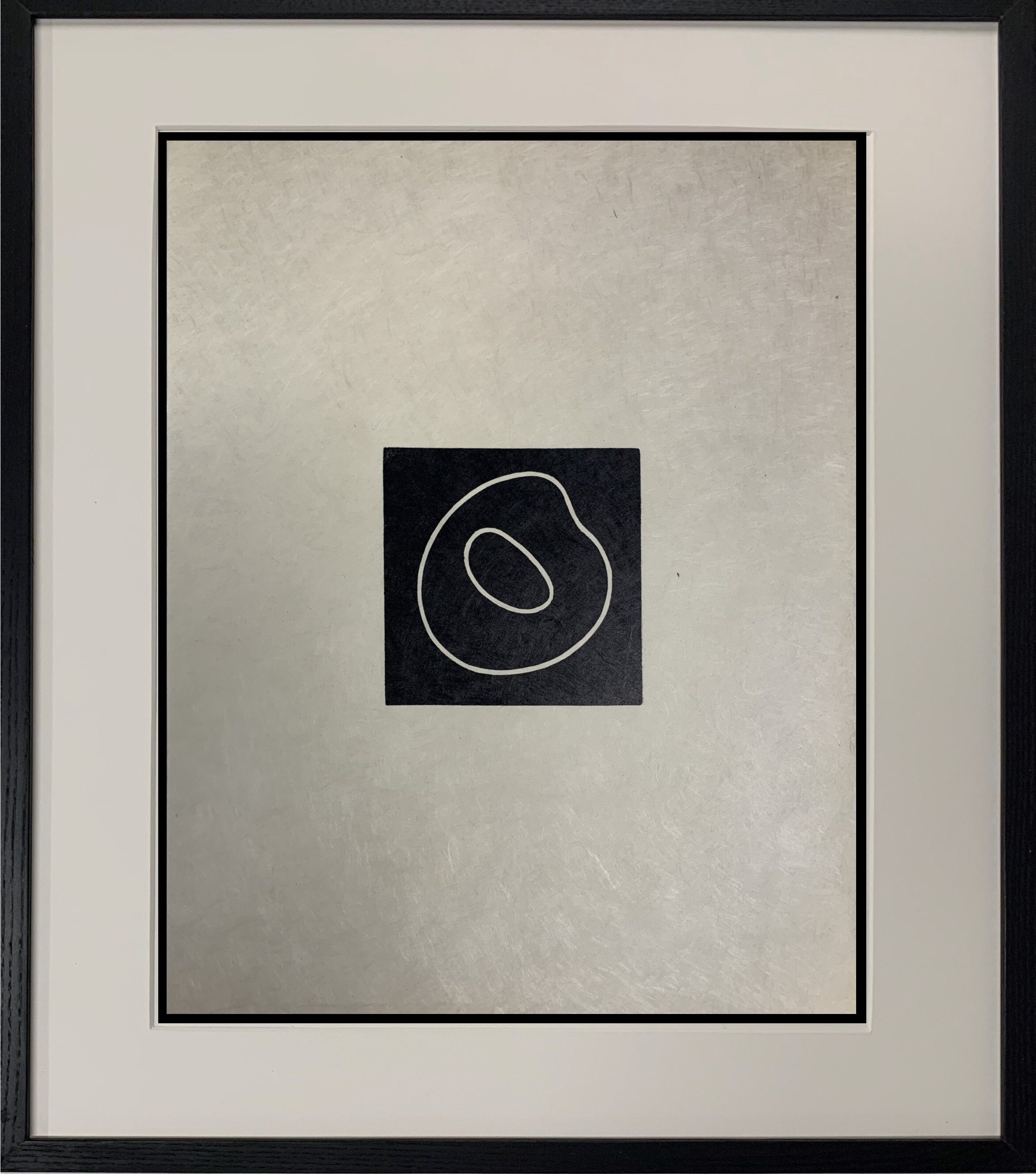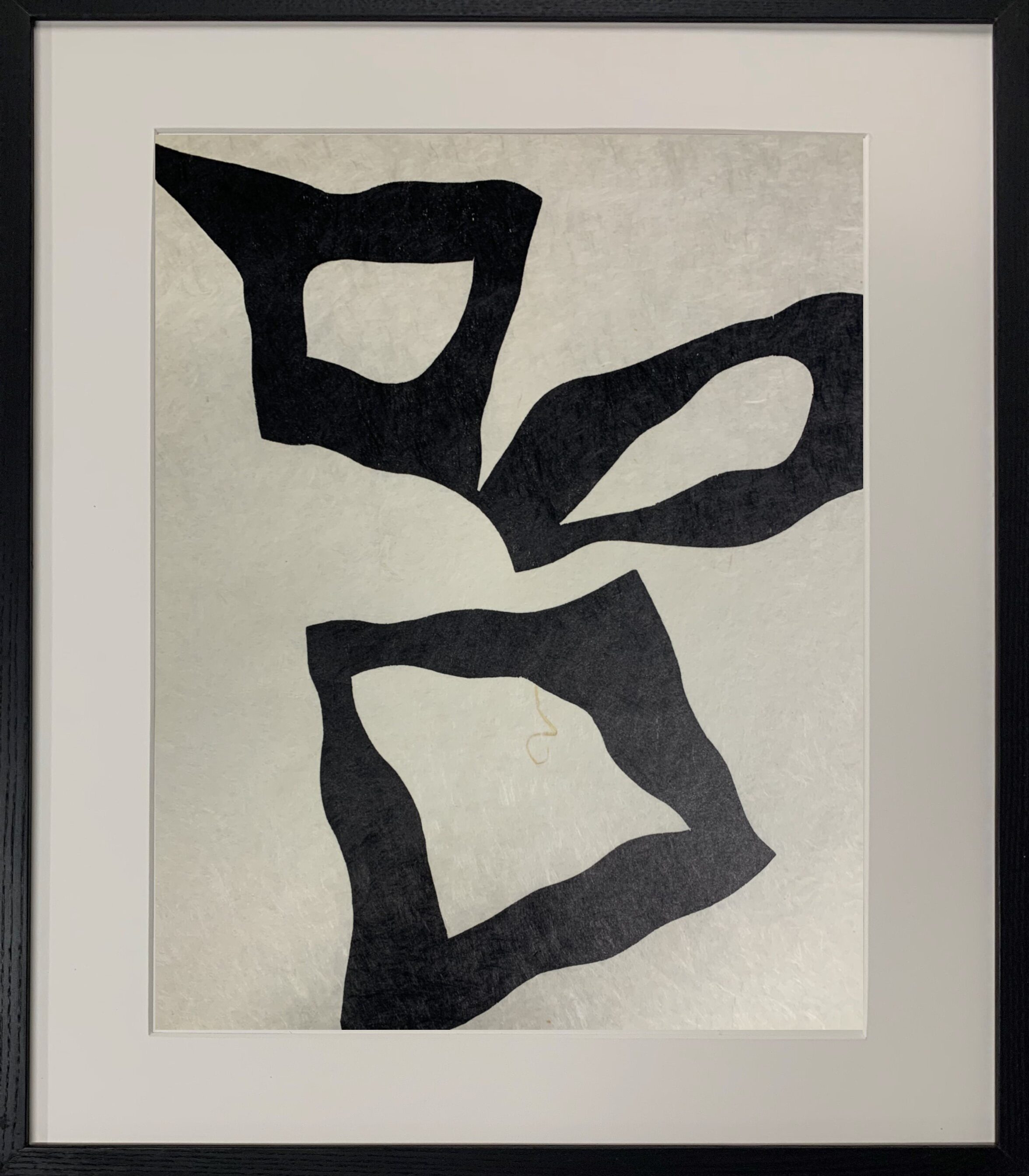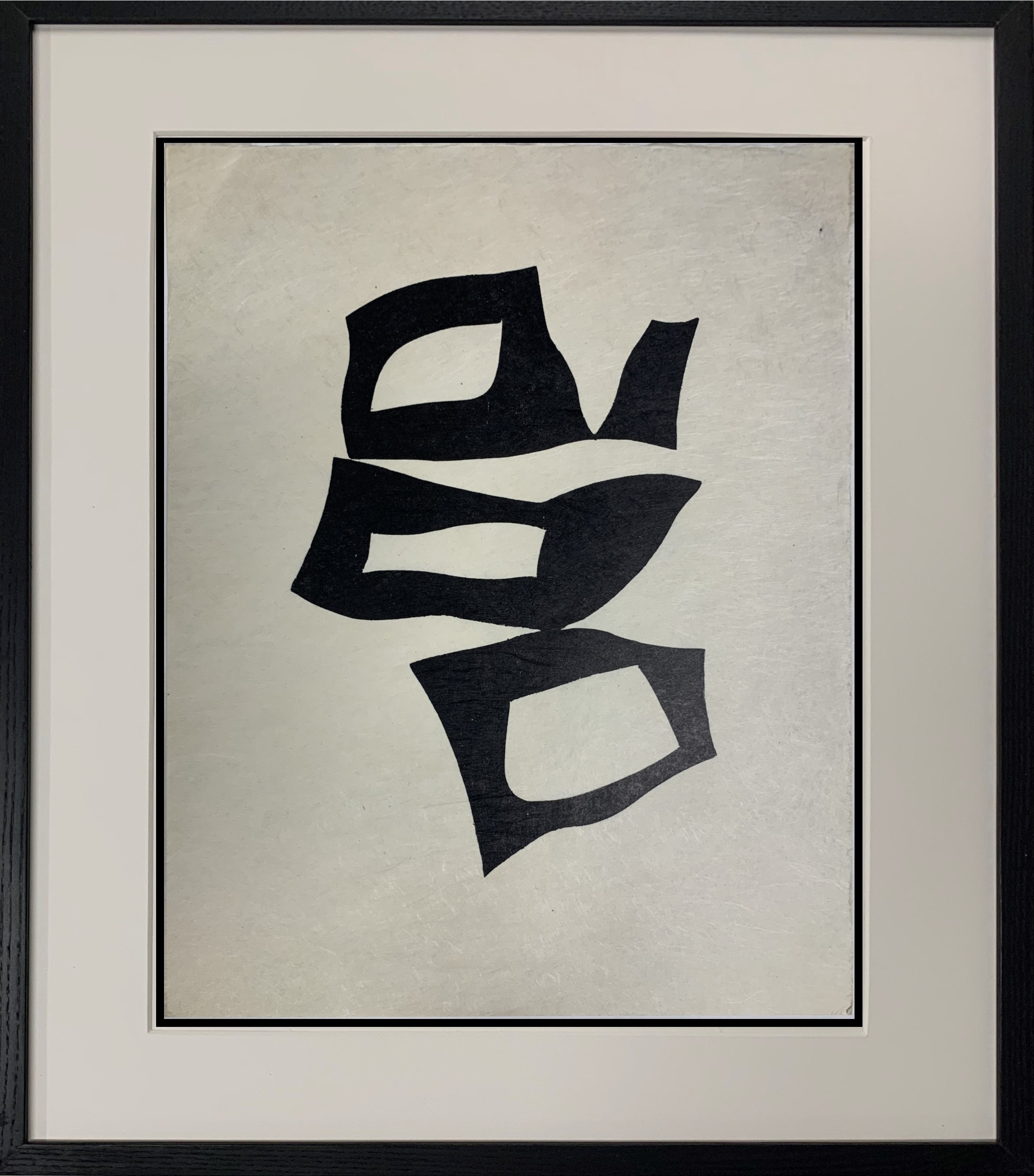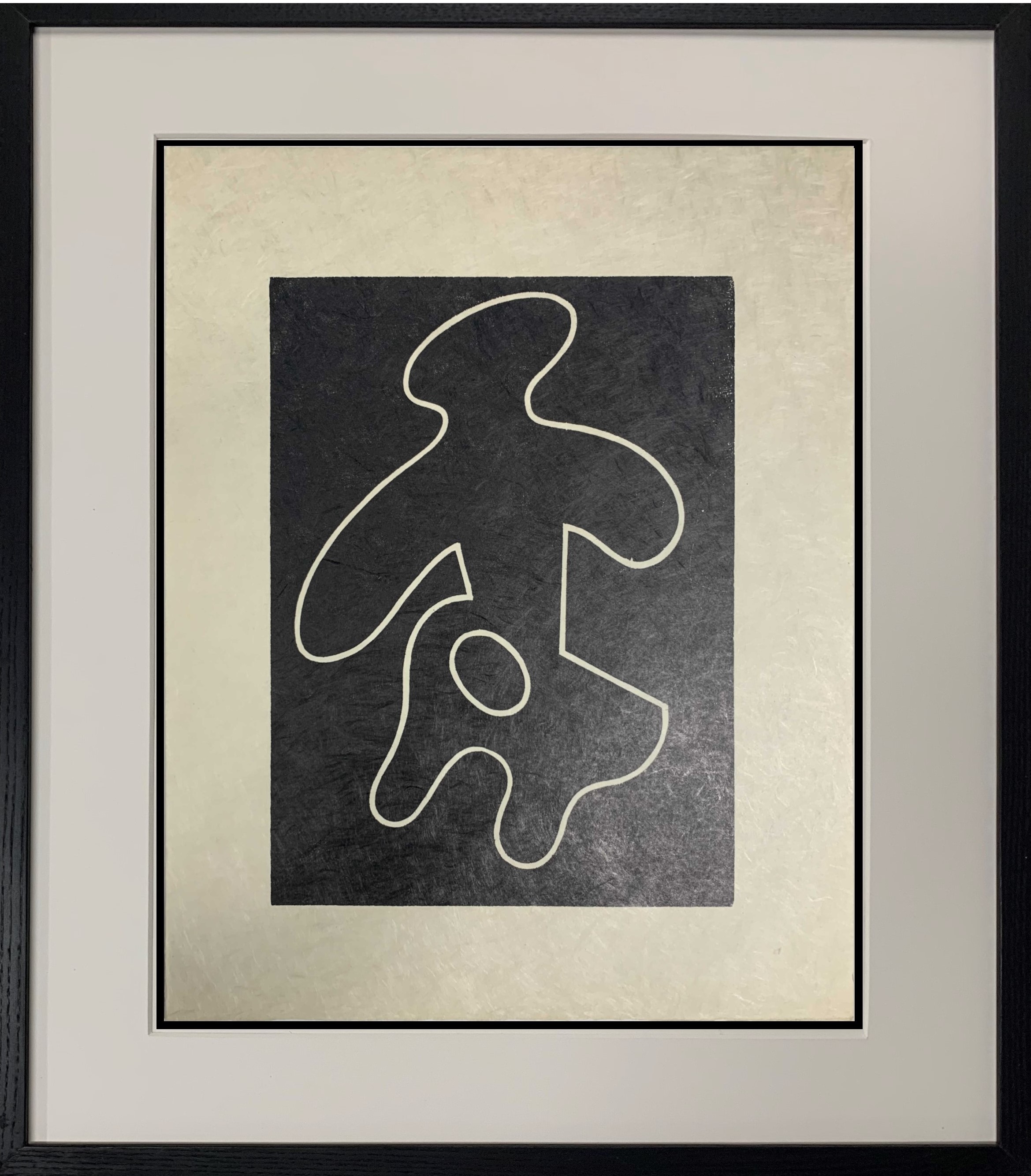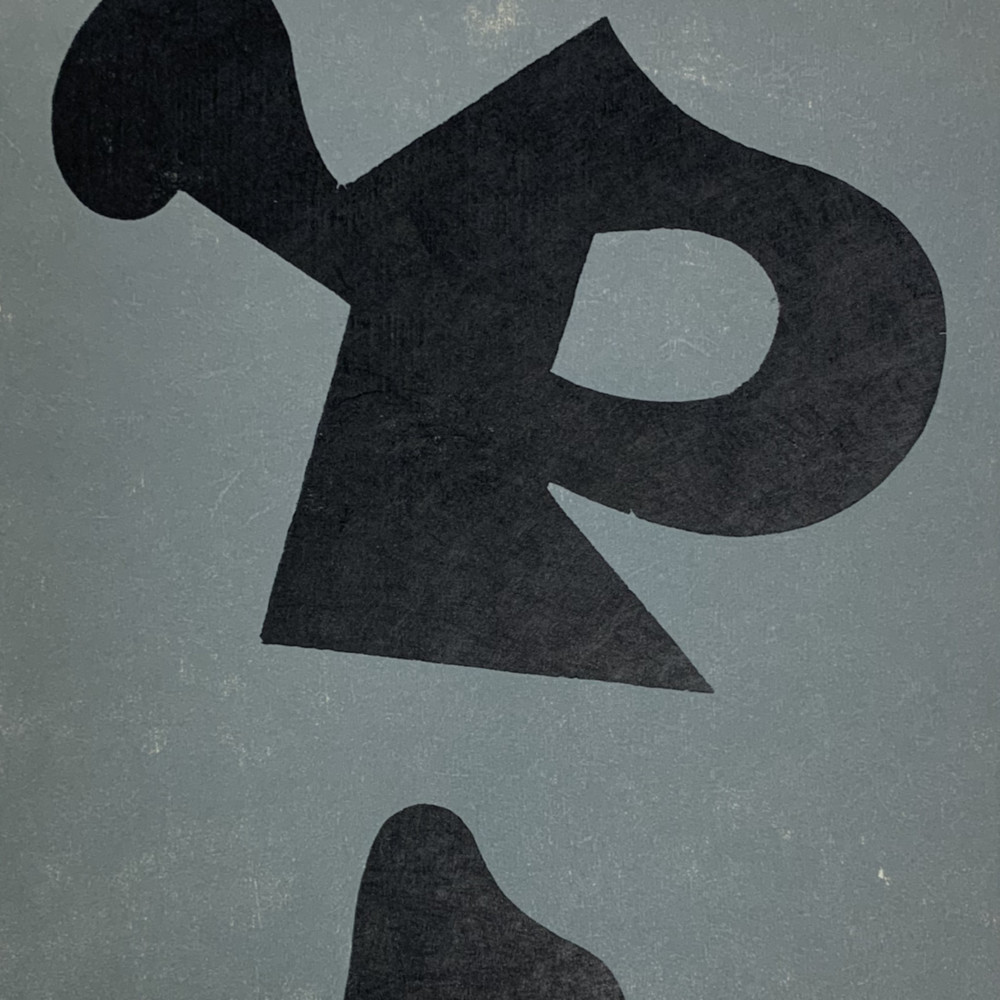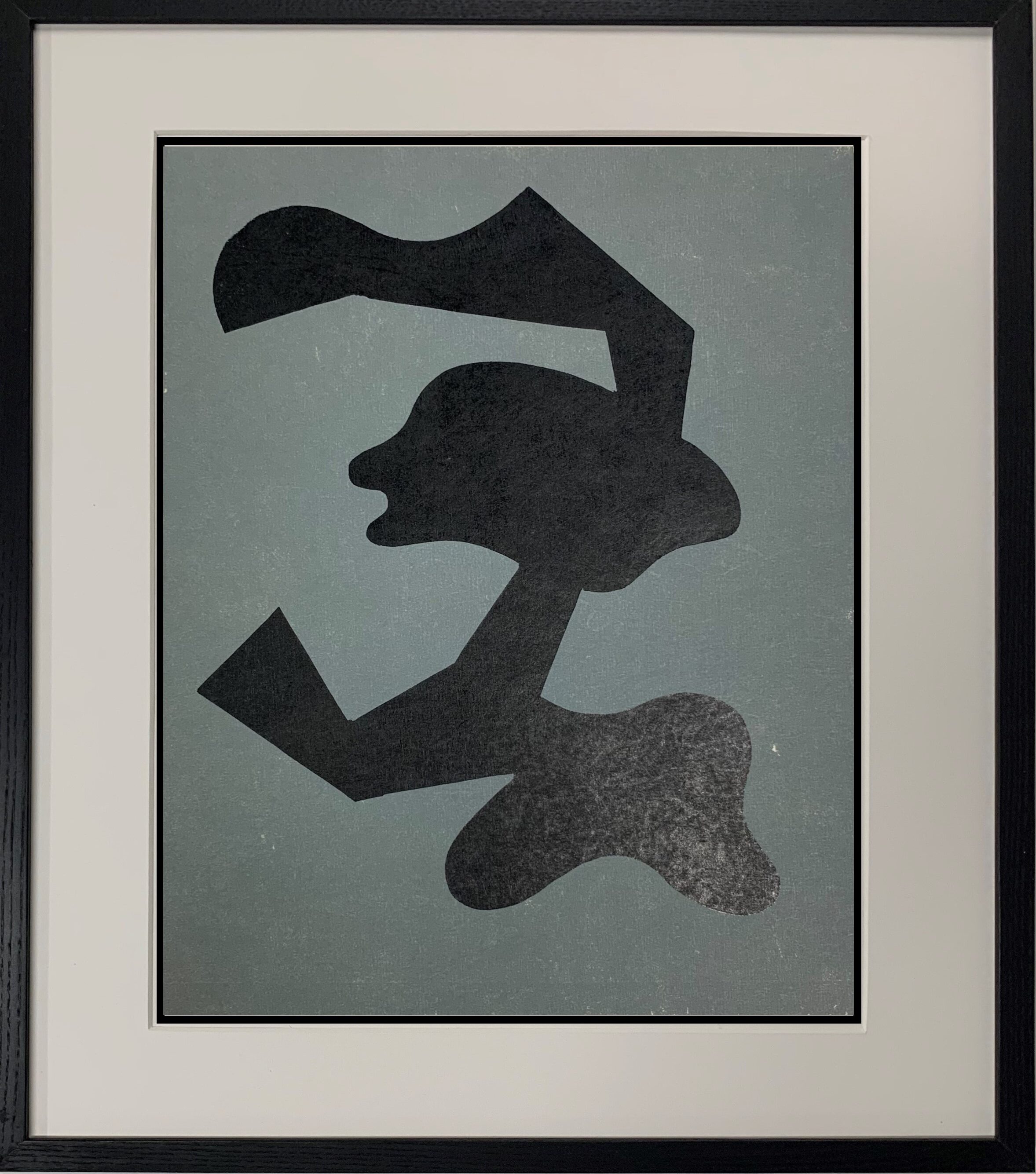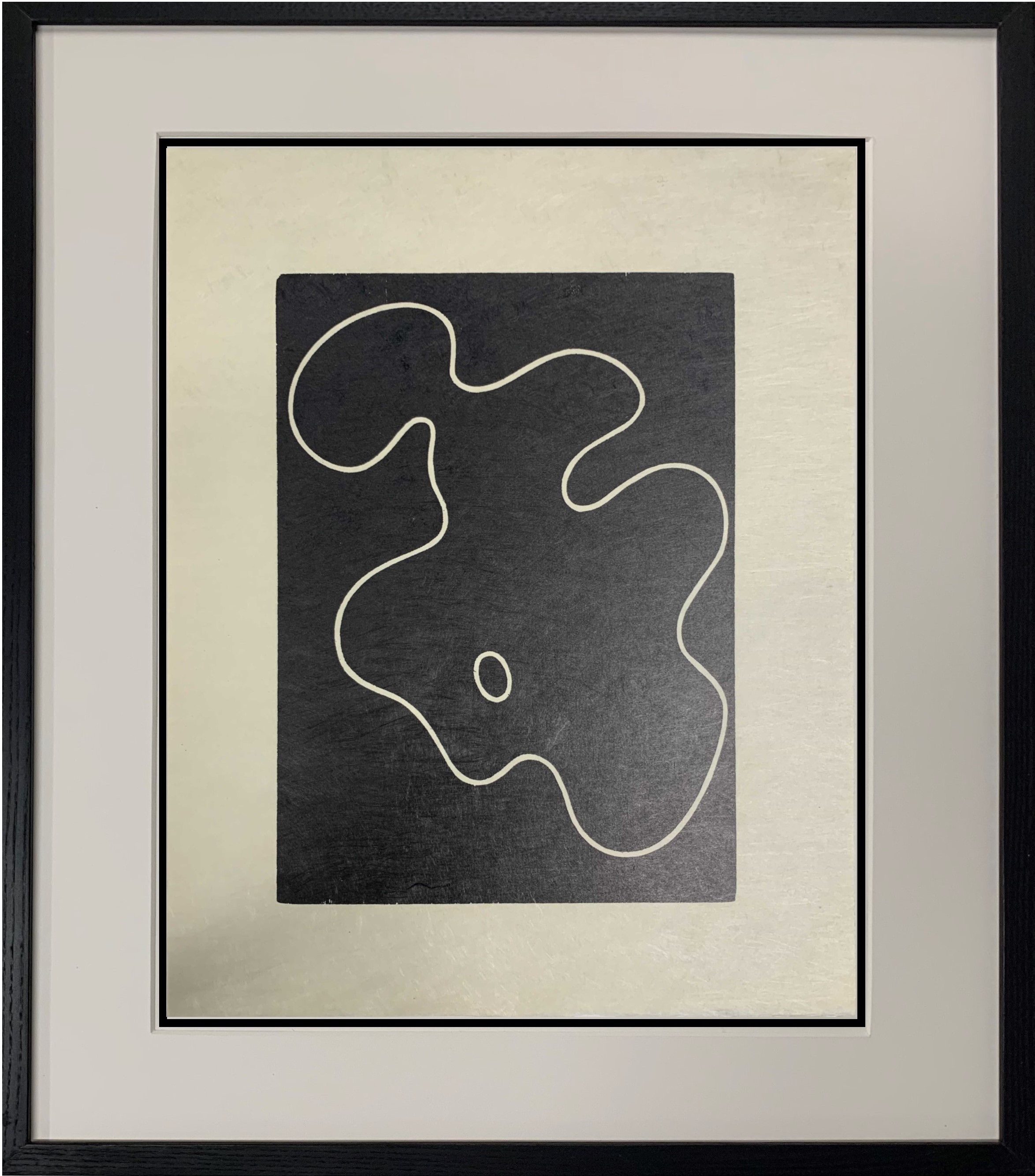Jean Arp was a central figure in the European artistic avant-garde during the first half of the 20th century. Few artists were more influential in the development of early Twentieth Century modern art.
Arp was well-trained. Beginning when he was 14 years old, he studied at the École des Arts et Métiers in Straßburg. He later studied at the Kunstschule in Weimar, Germany as well as the Académie Julian in Paris (as did George Elmer Browne and Stanley William Hayter).
In 1912, when he was in his mid-20s, Arp visited Wassily Kandinsky in Munich. Kandinsky encouraged Arp and together they participated in a group of expressionists artists known as Der Blaue Reiter. But Arp’s flirtation with expressionism was short-lived. During World War I, Arp took refuge in Switzerland where he became a founder of Dadaism. Later yet, he would later be instrumental in the emergence of constructivism (a realm of greater rationality and ordering than was found in surrealism and Dadaism).
Arp remained enormously influential throughout the first half of the Twentieth Century; few artists played such an instrumental role in so many of the expressions of modernism that emerged and merged in the journey to abstraction and modern art.
Arp was highly decorated. He won the Grand Prize for sculpture at the 1954 Venice Biennale, a sculpture prizes at the 1964 Pittsburgh International, the 1963 Grand Prix National des Arts, the 1964 Carnegie Prize, the 1965 Goethe Prize from the University of Hamburg, and then the Order of Merit with a Star of the German Republic.
Arp’s work is found at every major museum, including the Guggenheim, MOMA, the Yale University Art Gallery, the Metropolitan Museum of Art, the Israel Museum, and the National Gallery of Art.
